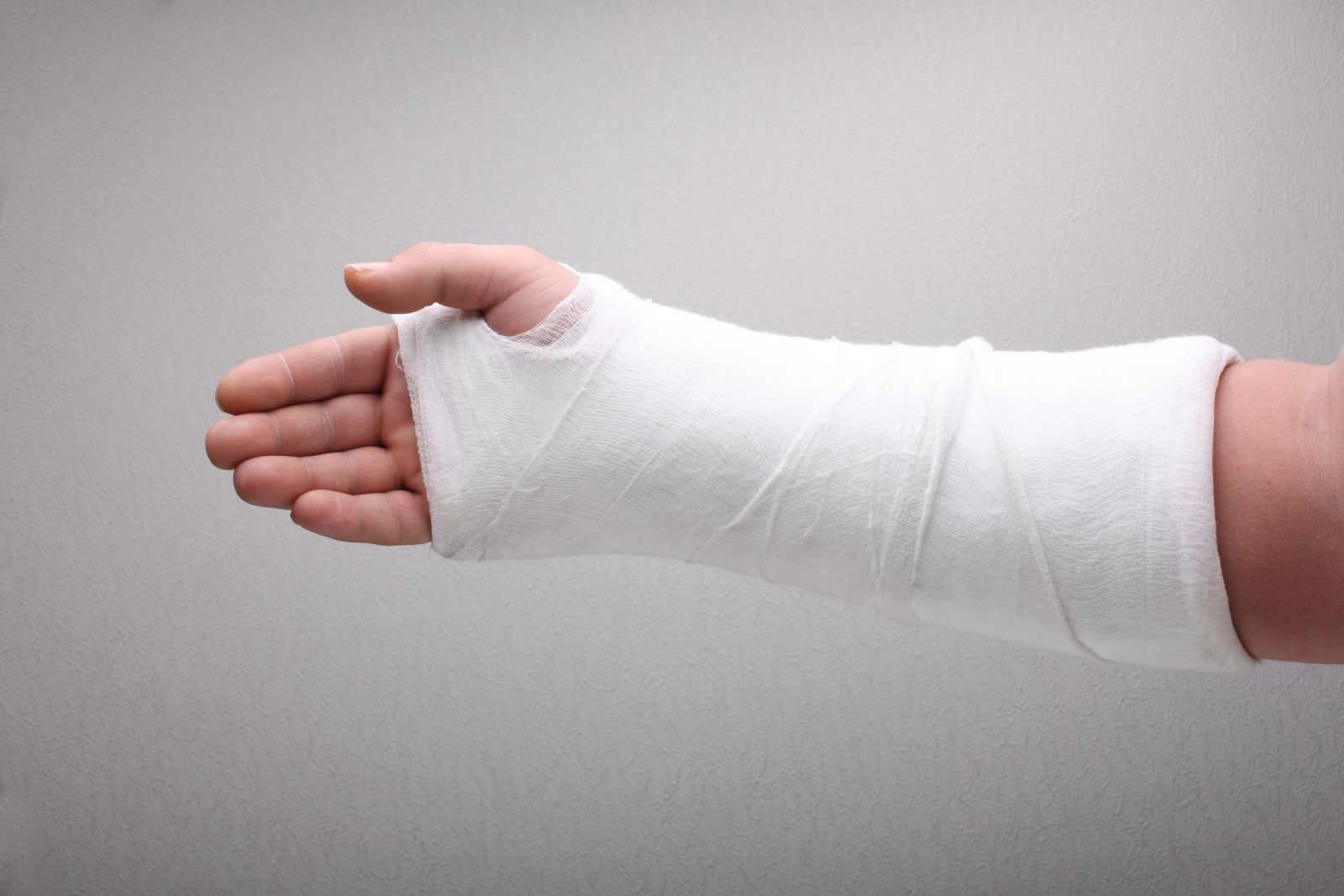
When a broken arm is not treated properly, it can permanently affect the arm's function and cause lifelong pain. At the Orthopaedic Specialists of Austin, we offer the most advanced techniques in wrist and elbow surgery to restore arm function and quality of life. If you require treatment for a broken arm, don't wait any longer. Contact our Austin, TX specialists today.
Causes and Symptoms of Broken Arms
A broken arm can happen at any time and at any age. Some of the most common causes for a broken arm include:
- Falling: It's a common reflex to try to brace yourself with your hands when falling. This can place great force on the arm, elbow, hand, or wrist, and may result in a fracture.
- Accident-related trauma: A direct trauma to the arm from a bicycle accident, car accident, or other type of accident can lead to a broken arm.
- Sports-related injury: Sports-related injuries, such as getting hit by sports equipment or other athletes, are another source of broken arms.
Not every fall or blow to the arm will result in a broken bone. Some signs and symptoms you should not ignore include:
- An audible crack or snap
- Swelling
- Bruising
- Intense pain
- Pain that increases with movement
- Arm or wrist is bent
- Unable to rotate the arm to face the palm up or down
See a Doctor as Soon as Possible
Treatment for a broken arm should not be delayed as it can lead to problems with proper healing. This is especially true for children as their bones generally heal faster than adults'.
If you experience any of the above symptoms or have so much pain in your arm that you are unable to move your arm as you normally would, it's important to see a doctor as soon as possible so the proper treatment may be administered.
Treatment for a Broken Arm
In order to determine the right treatment for a broken arm, X-rays are typically taken to evaluate and locate the fracture. In some cases, an MRI may be ordered for a more detailed view of the fracture. Once the severity and type of fracture is determined, the broken arm may be treated by stabilizing the bone. This may be done by wearing a cast or brace or through surgery.
Setting the Bone
In situations where the bone has been fractured in a manner in which the broken pieces have become displaced, the arm will need to be manipulated to reposition the bones. This process is called reduction and may be performed under general anesthesia or with a sedative to minimize patient pain and discomfort.
Stabilizing the Bone with a Cast or Splint
One the broken bones are properly aligned, the arm will need to stay immobile to ensure proper healing. Depending on the severity of the fracture, the arm may be stabilized with a cast, sling, brace, or splint.
Surgery
Some broken arms will require surgery to stabilize the fracture. If the fracture has broken the skin, surgery may be done immediately, otherwise, surgery may take place once swelling has decreased. Fractures are surgically stabilized using a fixation device. Fixation devices may include plates, nails, screws, or wires to help hold the bones in the correct position and facilitate proper healing.
Schedule a Consultation
For more information about treatments for a broken arm, please schedule a consultation today.
